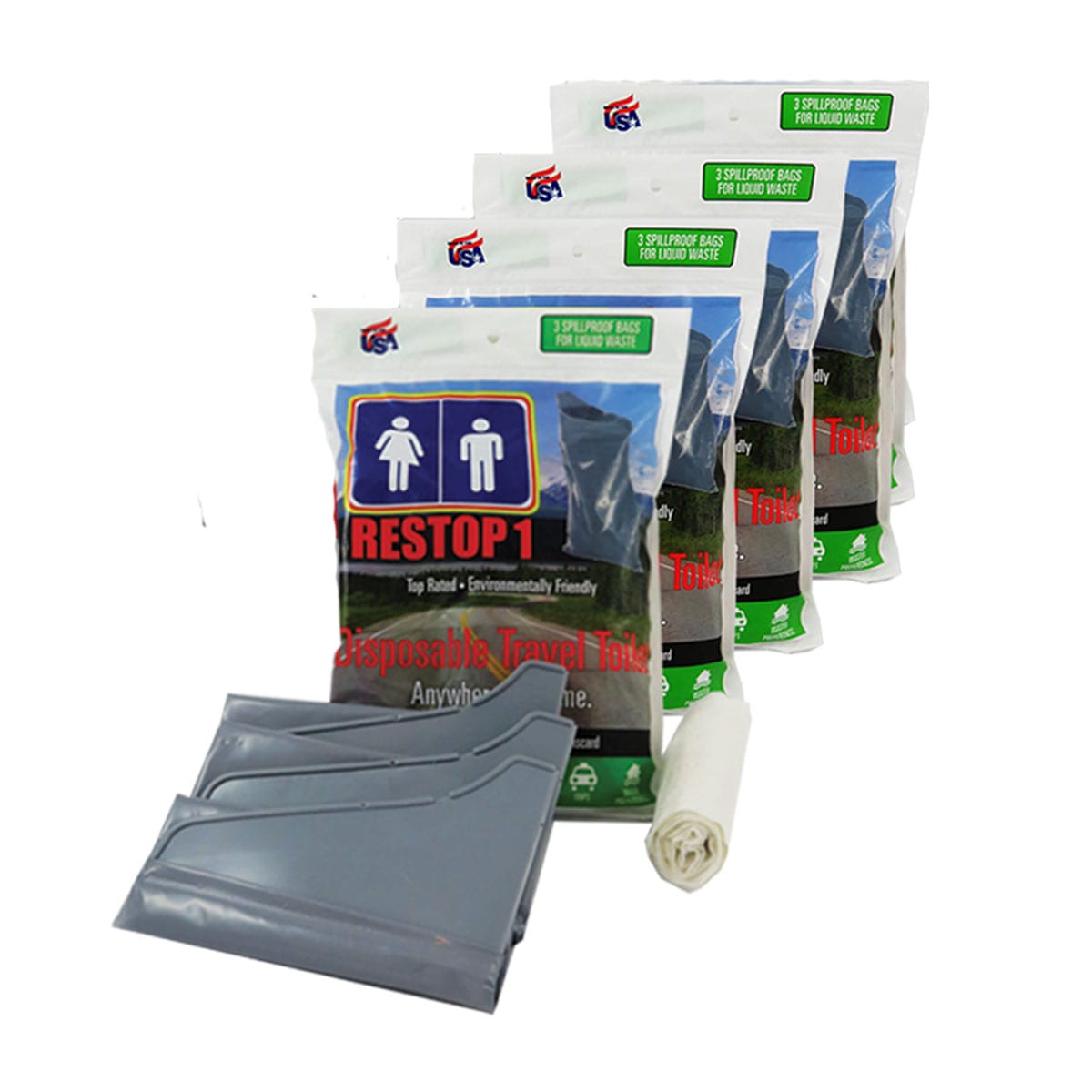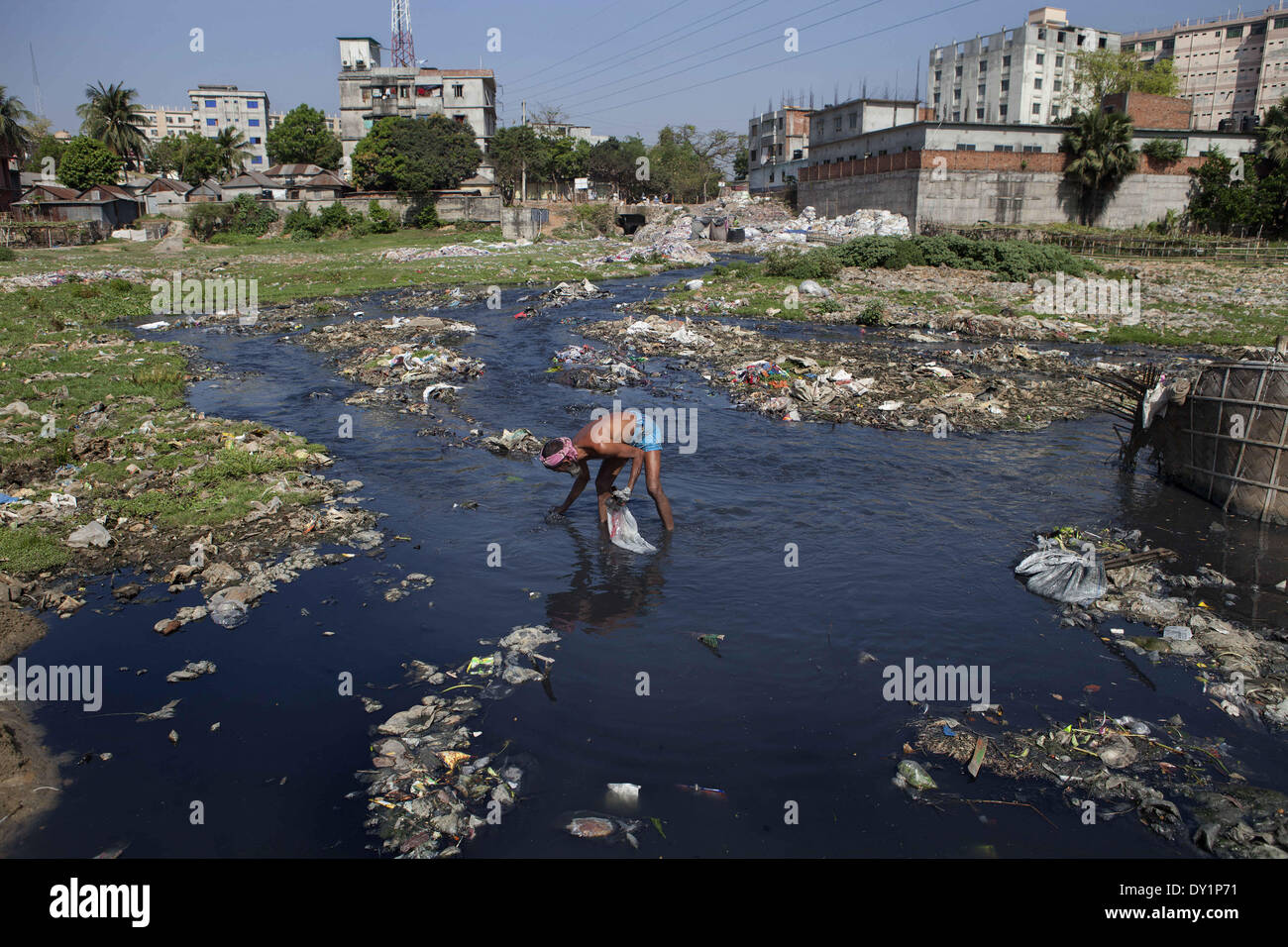Just How Fluid Waste Disposal Works: An In-depth Introduction of Techniques and Technologies Utilized

Introduction of Fluid Waste Types
The intricacy of fluid waste types requires a complete understanding of their qualities and implications for disposal. Fluid waste can broadly be classified right into a number of types, consisting of commercial, metropolitan, farming, and contaminated materials. Each group shows distinct residential or commercial properties, calling for certain management techniques to mitigate environmental and health and wellness threats.
Industrial fluid waste stems from making processes and commonly contains a variety of contaminants, such as heavy steels, solvents, and organic substances. Community fluid waste, mostly comprising wastewater from homes and business facilities, has raw material, nutrients, and virus (industrial wastewater treatment). Agricultural fluid waste, including overflow from farms, might contain fertilizers, chemicals, and pet waste, positioning dangers to water top quality and communities
Unsafe liquid waste is identified by its toxicity, sensitivity, or potential to trigger injury. This category consists of compounds like acids, bases, and particular chemicals that necessitate strict handling and disposal methods. Comprehending these diverse liquid waste types is vital for developing reliable disposal approaches and making sure conformity with ecological guidelines. Correct category and characterization are necessary for implementing proper therapy strategies and reducing the unfavorable effect on public wellness and the atmosphere.
Physical Therapy Approaches

Screening is the first step, where larger fragments and particles are eliminated from the fluid waste using screens or grates. This procedure safeguards downstream equipment from damages and makes certain smoother procedure. Adhering to screening, sedimentation makes use of gravitational force to different solids from liquids. In sedimentation tanks, heavier bits settle near the bottom, creating a sludge layer, while the clarified liquid can be further dealt with.
Purification is an additional essential method that includes passing the fluid with porous products, such as sand or membrane layers, to capture smaller bits. This step enhances the top quality of the fluid, making it ideal for succeeding treatment procedures.

Chemical Treatment Techniques
Chemical treatment methods are vital for efficiently taking care of liquid waste, particularly in resolving liquified and colloidal pollutants that physical techniques might not sufficiently eliminate. These methods use different chemical representatives to neutralize, precipitate, or transform harmful substances into less dangerous forms.
One common technique is coagulation and flocculation, where chemicals such as alum or ferric chloride are included to advertise the gathering of put on hold fragments. This process boosts sedimentation, enabling easier elimination of the resulting sludge. Additionally, oxidation procedures, using agents like chlorine or ozone, are used to damage down complex organic substances and pathogens, providing the waste more secure for discharge or more therapy.
Neutralization is one more essential method, which changes the pH of acidic or alkaline waste streams to neutral levels, stopping visit here prospective harm to downstream systems and the setting. Furthermore, progressed oxidation procedures (AOPs) utilize mixes of oxidants and ultraviolet light to degrade persistent toxins, attaining a higher level of treatment performance.
Organic Therapy Processes
Biological treatment procedures play a vital role in the management of fluid waste by utilizing microorganisms to disintegrate raw material and decrease contaminant levels. These processes can be generally categorized right into cardio and anaerobic treatments, each employing specific microbial communities to accomplish effective waste deterioration.
Cardio treatment involves using oxygen to help with the break down of organic materials by bacteria. This process is commonly applied in triggered sludge systems, where oygenation tanks give a helpful atmosphere for microbial development, resulting in the oxidation of natural toxins. The resultant biomass can be divided from dealt with effluent via sedimentation.
In comparison, anaerobic therapy happens in the lack of oxygen, depending on different germs to damage down raw material. This method is particularly useful for high-strength waste, as it creates biogas, a renewable resource resource, while minimizing sludge production. Technologies such as anaerobic digesters are frequently employed in industrial and metropolitan applications.
Both cardiovascular and anaerobic biological therapies not only decrease the environmental influence of liquid waste but additionally help with resource recovery, making them important elements of sustainable find more info waste monitoring methods. Their adaptability, efficiency, and performance support their prevalent application throughout numerous markets.
Arising Technologies in Disposal
Cutting-edge strategies to fluid garbage disposal are quickly advancing, driven by improvements in modern technology and a raising focus on sustainability. Among these emerging innovations, membrane layer bioreactors (MBRs) have actually obtained grip for their capacity to integrate biological therapy with membrane purification, leading to top notch effluent that can be recycled in various applications. MBRs make it possible for smaller footprints and more effective operations compared to traditional systems.
An additional encouraging growth is making use of anaerobic food digestion combined with nutrient recovery modern technologies, which not only deals with liquid waste however likewise generates biogas and recovers beneficial nutrients like nitrogen and phosphorus. This dual benefit enhances resource efficiency and decreases ecological influence.
Additionally, progressed oxidation procedures (AOPs) are being embraced for the destruction of complex natural toxins. These approaches utilize effective oxidants and stimulants to damage down contaminants at the molecular degree, offering a highly effective option for tough waste streams.
Furthermore, the integration of artificial intelligence and maker discovering in waste monitoring systems is optimizing functional performance and predictive upkeep, bring about minimized expenses and enhanced ecological compliance. These innovations reflect a considerable change towards even more efficient and sustainable fluid garbage disposal techniques.
Verdict
In conclusion, efficient liquid waste Check This Out disposal necessitates a comprehensive understanding of various methods and modern technologies. By continuously advancing these methodologies, it ends up being feasible to attend to the growing challenges connected with liquid waste, ultimately contributing to environmental security and source healing.
Liquid waste disposal is a crucial element of ecological administration, needing a comprehensive understanding of numerous strategies and modern technologies tailored to different waste kinds. Fluid waste can broadly be classified right into several kinds, consisting of commercial, community, agricultural, and unsafe waste. Agricultural fluid waste, including runoff from farms, may contain fertilizers, pesticides, and animal waste, posturing risks to water high quality and environments.
Various physical therapy techniques play an important duty in handling liquid waste effectively - industrial wastewater treatment.In conclusion, effective fluid waste disposal necessitates a detailed understanding of various techniques and modern technologies